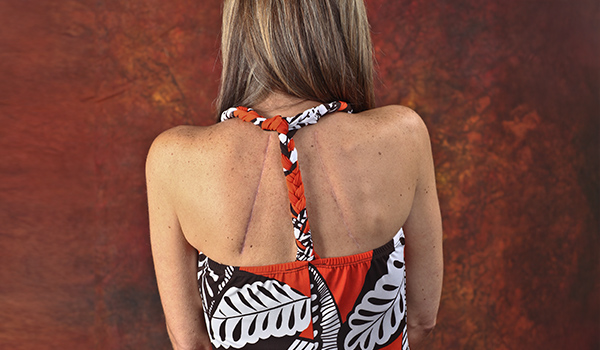Symptoms of FSHD
FSHD symptoms vary widely in presentation and severity, affecting individuals differently. Common symptoms included muscle weakness in the face, shoulders, and arms, as well as fatigue and pain. Understanding the range of potential symptoms can be valuable for early detection, intervention, and management.


